The 29th
LaureateTheatre/Film
Mikhail Baryshnikov
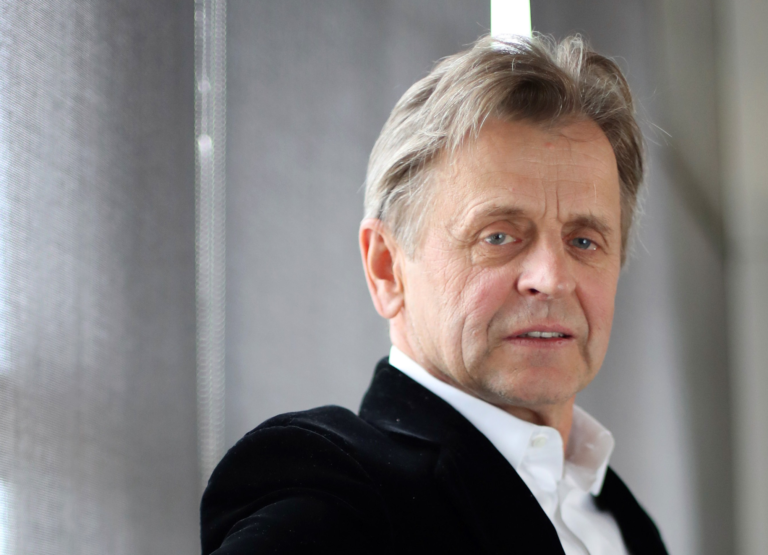
Mikhail Baryshnikov is considered one of the greatest dancers of our time, dazzling audiences with his astounding physical and technical skills, and emotional expressiveness. He is also a successful dramatic actor on stage, cinema and television – definitively one of the world’s most widely recognized contemporary artists. Baryshnikov began studying ballet in 1959 at age 11. After commencing a spectacular career with the Kirov Ballet in Leningrad, he came to New York in 1974 to be a principal dancer with American Ballet Theatre (ABT). In 1978 he joined New York City Ballet, where he worked with George Balanchine and Jerome Robbins. The next year he was appointed artistic director of ABT where, for a decade, he introduced a new generation of dancers and choreographers. From 1990-2002, Baryshnikov was director and dancer of the White Oak Dance Project, which he co-founded with choreographer Mark Morris to expand the repertoire and visibility of American modern dance. As an actor, Baryshnikov has performed widely on and off Broadway, as well as in television and film, receiving a Tony Award nomination and a Drama Desk Award for Metamorphosis, and an Academy Award nomination for The Turning Point. In 2005, he launched Baryshnikov Arts Center in New York, a space supporting multidisciplinary artists from around the globe. Baryshnikov is a dual citizen of the United States and Latvia.
Biography
Mikhail Baryshnikov is considered one of the greatest dancers of the 20th century, dazzling audiences with his astounding physical and technical skills, and his emotional expressiveness. He is also an acclaimed dramatic actor on stage, cinema, and television — definitively one of the world’s most widely recognized contemporary artists.
Born and raised in Latvia to Russian parents, his father was an officer of the Soviet army and his mother was an accountant to a couturier. She took the young Baryshnikov to theater, opera, and ballet performances, which had a profound effect on him. He began studying dance at age 11 at the Riga State Choreographic School. In 1964, he was accepted into the Vaganova Ballet Academy in Leningrad, where he studied with the distinguished ballet teacher Alexander Pushkin. Baryshnikov’s early career was marked by successes in formal competitions and roles in modern and classical repertory. He joined the Kirov Ballet in 1967, and quickly became one of their most brilliant soloists.
In 1974, he left Russia for the West in search of greater personal and creative freedom, settling in New York City as a principal dancer with American Ballet Theatre (ABT) from 1974 to 1978. Audiences came in droves to witness "his flawless, seemingly effortless classical technique and the extraordinary airborne maneuvers he executed with such zest and precision, " wrote Laura Shapiro in Newsweek.
He joined New York City Ballet in 1978, where he worked with influential choreographers George Balanchine and Jerome Robbins. A year later he was appointed artistic director of ABT where, for the next ten years, he introduced audiences to a new generation of dancers and choreographers. Baryshnikov left ABT in 1990 to establish the White Oak Dance Project, co-founded with choreographer Mark Morris—a move reflecting his shift in focus to contemporary dance and the desire to expand the repertoire and visibility of American modern dance. Until 2002, he was director and dancer of the avant-garde ensemble that toured around the world, commissioning and reviving works from emerging and established artists. In his illustrious career, he has danced well over 160 different works by more than 40 choreographers.
As an actor, Baryshnikov has performed widely on stage as well as in television and film. He received an Academy Award nomination for The Turning Point in 1977, and a Tony Award nomination and Drama Desk Award for the Broadway production of Metamorphosis in 1989. Other motion picture credits include White Nights (1985), Dancers (1987), Company Business (1991), and The Cabinet of Dr. Ramirez (1991). His television appearances earned three Emmy Awards for television dance specials, and his role in Sex and the City (2004) brought him to the attention of a new generation.
In 2005, he opened Baryshnikov Arts Center (BAC) in New York City, a thriving creative space for artists from all disciplines. While serving as BAC’s artistic director, Baryshnikov has not ceased performing. He has worked with acclaimed directors and collaborated with artists from around the world including, in 1998, the Japanese Kabuki actor Bando Tamasaburo. He is currently touring two solo theatrical productions: Letter to a Man, directed by Robert Wilson, and Brodsky/Baryshnikov, directed by Alvis Hermanis.
Mikhail Baryshnikov has been honored with numerous awards for excellence. He was recognized for a lifetime of extraordinary achievement at the Kennedy Center Honors in 2000. In 2010, he was given the rank of Officer of the French Legion of Honor. He holds dual citizenship from the United States of America and the Republic of Latvia.
Chronology
Appeared in The Cabinet of Dr. Ramirez (Film)
Received Kennedy Center Honors Award
Co-starred with Willem Dafoe in The Old Woman, directed by Robert Wilson (Theater)
-
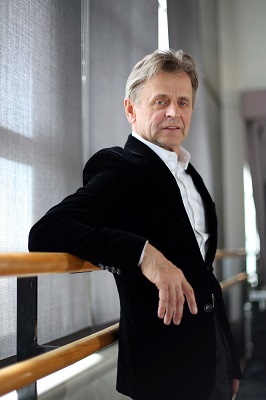
The studio of Baryshnikov Arts Center
-
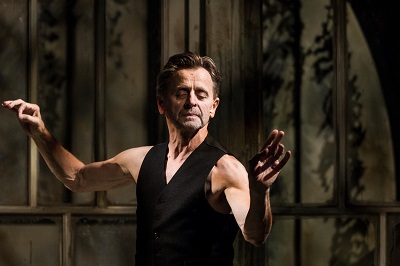
Brodsky/Baryshnikov
-
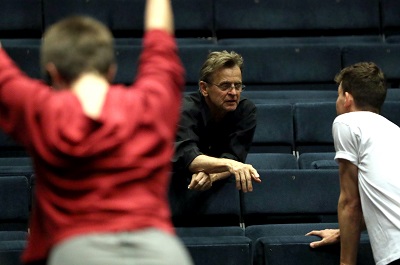
Baryshnikov Arts Center's Jerome Robbins Theater
-
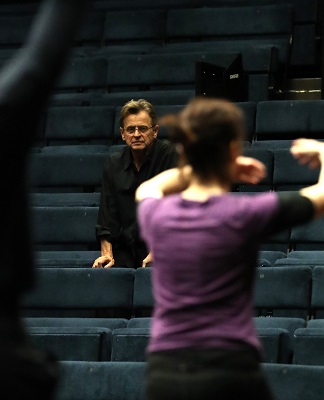
Baryshnikov Arts Center's Jerome Robbins Theater
-
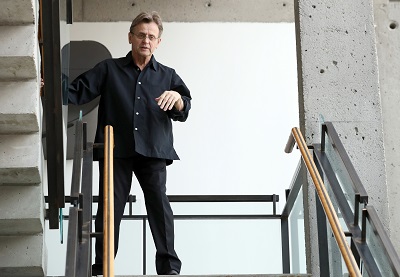
Baryshnikov Arts Center's Jerome Robbins Theater
-
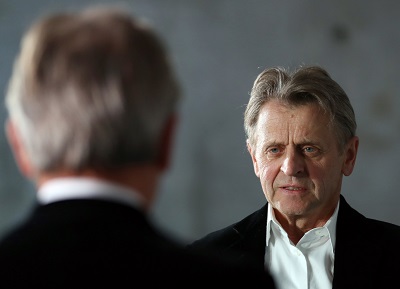
The studio of Baryshnikov Arts Center
